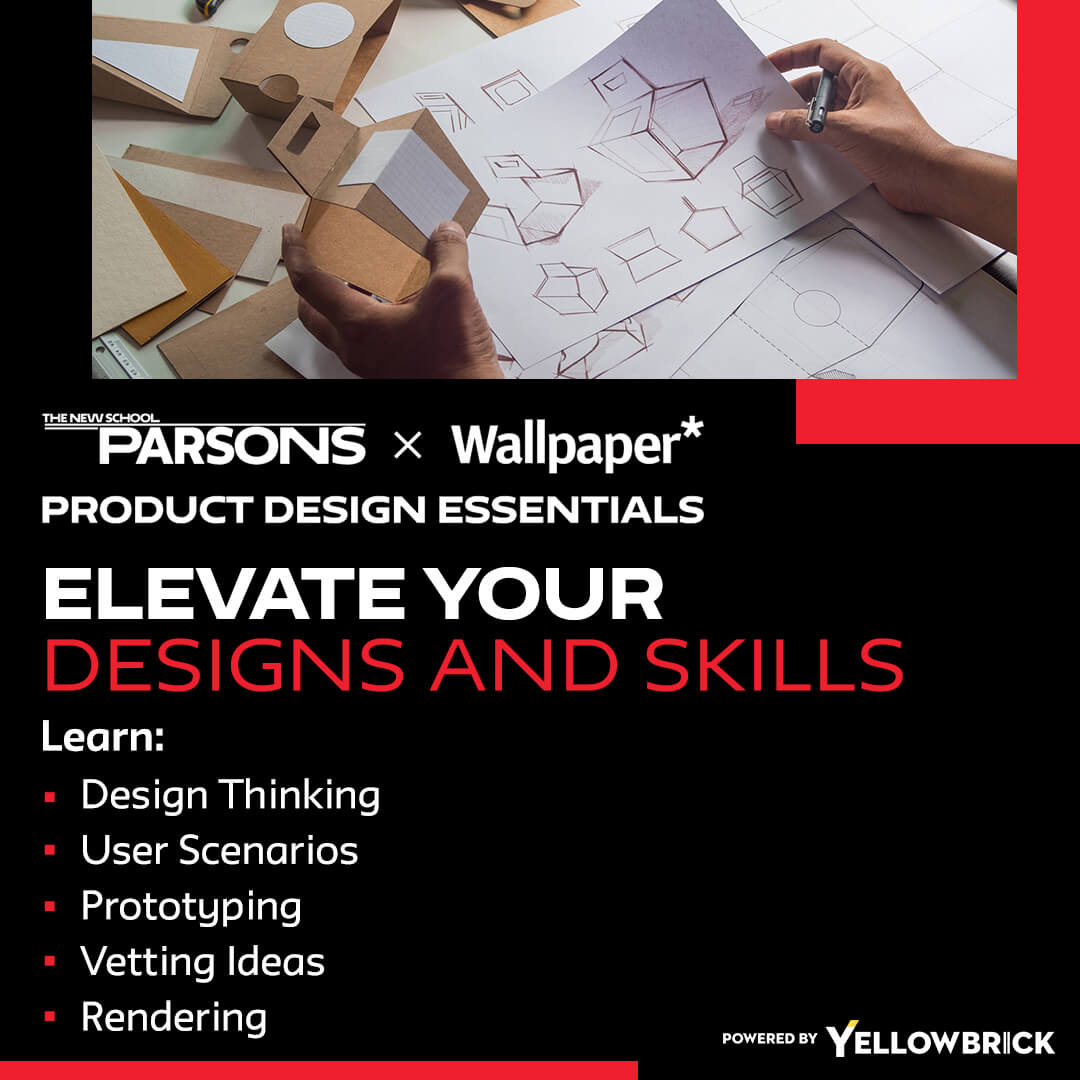1. Understanding User Needs
One of the primary goals of product design user research is to gain a deep understanding of user needs. By conducting user interviews, surveys, and observational studies, designers can uncover valuable insights into how users interact with products, what features they value the most, and what pain points they experience. This information is crucial for designing products that solve real user problems and provide a seamless user experience.
2. Identifying User Preferences
In addition to understanding user needs, product design user research helps in identifying user preferences. By analyzing user behavior and gathering feedback, designers can determine the features, aesthetics, and functionalities that resonate most with users. This information guides the design process and ensures that the final product aligns with user expectations and preferences.
3. Enhancing User Experience
User experience (UX) plays a vital role in the success of a product. Through user research, designers can optimize the user experience by identifying usability issues, improving navigation flows, and enhancing overall product satisfaction. Usability testing and user feedback are valuable tools in refining the product design to create a user-friendly and intuitive experience.
4. Driving Innovation
User research is not only about meeting existing user needs but also about driving innovation. By understanding user behaviors and preferences, designers can identify new opportunities for product innovation and differentiation. User research insights can inspire creative solutions and help designers push the boundaries of traditional product design to create unique and innovative products.
5. Validating Design Decisions
User research serves as a validation tool for design decisions. By testing prototypes and concepts with real users, designers can gather feedback on the usability, functionality, and appeal of the product. This iterative process of testing and refining designs based on user feedback ensures that the final product meets user expectations and addresses their needs effectively.
6. Mitigating Risk
User research helps in mitigating the risk associated with product development. By validating design assumptions early in the process and addressing potential usability issues through user testing, designers can avoid costly redesigns and product failures. User research provides valuable insights that inform design decisions and reduce the risk of developing products that do not resonate with users.
7. Iterative Design Process
Product design user research is an integral part of the iterative design process. By incorporating user feedback and insights at each stage of the design process, designers can continuously improve and refine the product to better meet user needs. The iterative nature of user research ensures that the final product is user-centered and optimized for success.
8. Empathy and User-Centric Design
User research fosters empathy among designers by helping them understand the needs, motivations, and challenges of users. By putting themselves in the shoes of the end-users, designers can create products that truly address user needs and provide meaningful solutions. User-centric design, driven by empathy and user research, leads to products that resonate with users and deliver exceptional experiences.
9. Data-Driven Decision Making
User research provides designers with valuable data and insights that drive decision-making throughout the product development process. By leveraging data from user studies, surveys, and usability tests, designers can make informed decisions about product features, design elements, and functionalities. Data-driven decision-making ensures that design choices are based on user needs and preferences, leading to successful product outcomes.
10. Career Opportunities in Product Design User Research
The field of product design user research offers a myriad of career opportunities for individuals passionate about understanding user needs and creating user-centric products. Some of the top roles in this field include:
- User Experience Researcher
- Usability Specialist
- User Research Analyst
- Design Researcher
- User Testing Coordinator
- Human Factors Engineer
- Interaction Designer
- User Experience Designer
- Product Manager
- Design Strategist
These roles require a strong foundation in user research methodologies, data analysis, and design thinking. Professionals in these roles play a crucial role in shaping the product development process, ensuring that products are designed with the user in mind.
Conclusion
In the fast-paced and competitive landscape of product design, user research is a key difference that sets successful products apart. By prioritizing user needs, preferences, and behaviors through robust research methodologies, designers can create products that resonate with users, drive business success, and foster innovation. Incorporating user research into the product development process is essential for creating user-centric designs that deliver exceptional user experiences.
Key Takeaways:
- User research uncovers real user needs, preferences, and pain points, guiding effective product design.
- Usability testing and feedback improve navigation, functionality, and overall user experience.
- Research insights inspire innovation and help differentiate products in competitive markets.
- Testing with real users validates design decisions and reduces the risk of costly product failures.
- An iterative, feedback-driven approach ensures products remain user-centered throughout development.
- Data-driven decisions lead to products that align with market demands and user expectations.
- Empathy in design creates solutions that resonate with and genuinely help end-users.
Considering the importance of user research in product design, explore the Parsons Product Design Essentials online course and certificate program to further enhance your expertise in this field.








